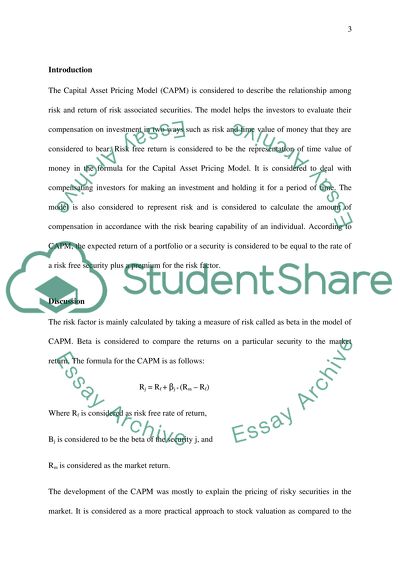Cite this document
(“What is the CAPM and of what practical use is it Essay - 3”, n.d.)
What is the CAPM and of what practical use is it Essay - 3. Retrieved from https://studentshare.org/finance-accounting/1636576-what-is-the-capm-and-of-what-practical-use-is-it
What is the CAPM and of what practical use is it Essay - 3. Retrieved from https://studentshare.org/finance-accounting/1636576-what-is-the-capm-and-of-what-practical-use-is-it
(What Is the CAPM and of What Practical Use Is It Essay - 3)
What Is the CAPM and of What Practical Use Is It Essay - 3. https://studentshare.org/finance-accounting/1636576-what-is-the-capm-and-of-what-practical-use-is-it.
What Is the CAPM and of What Practical Use Is It Essay - 3. https://studentshare.org/finance-accounting/1636576-what-is-the-capm-and-of-what-practical-use-is-it.
“What Is the CAPM and of What Practical Use Is It Essay - 3”, n.d. https://studentshare.org/finance-accounting/1636576-what-is-the-capm-and-of-what-practical-use-is-it.


